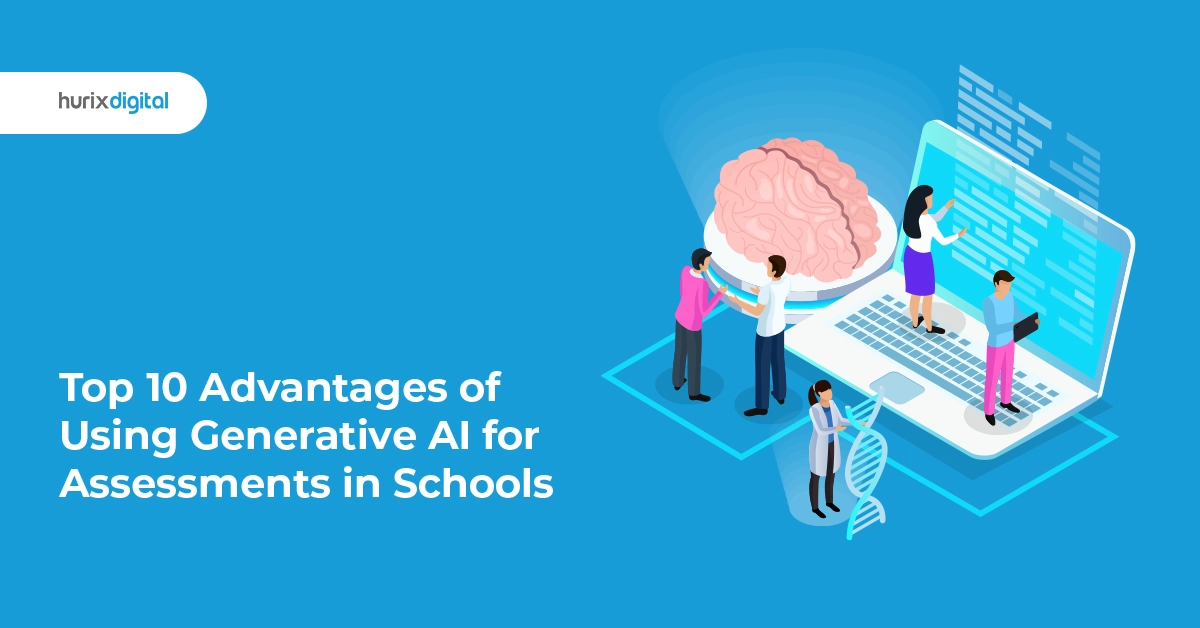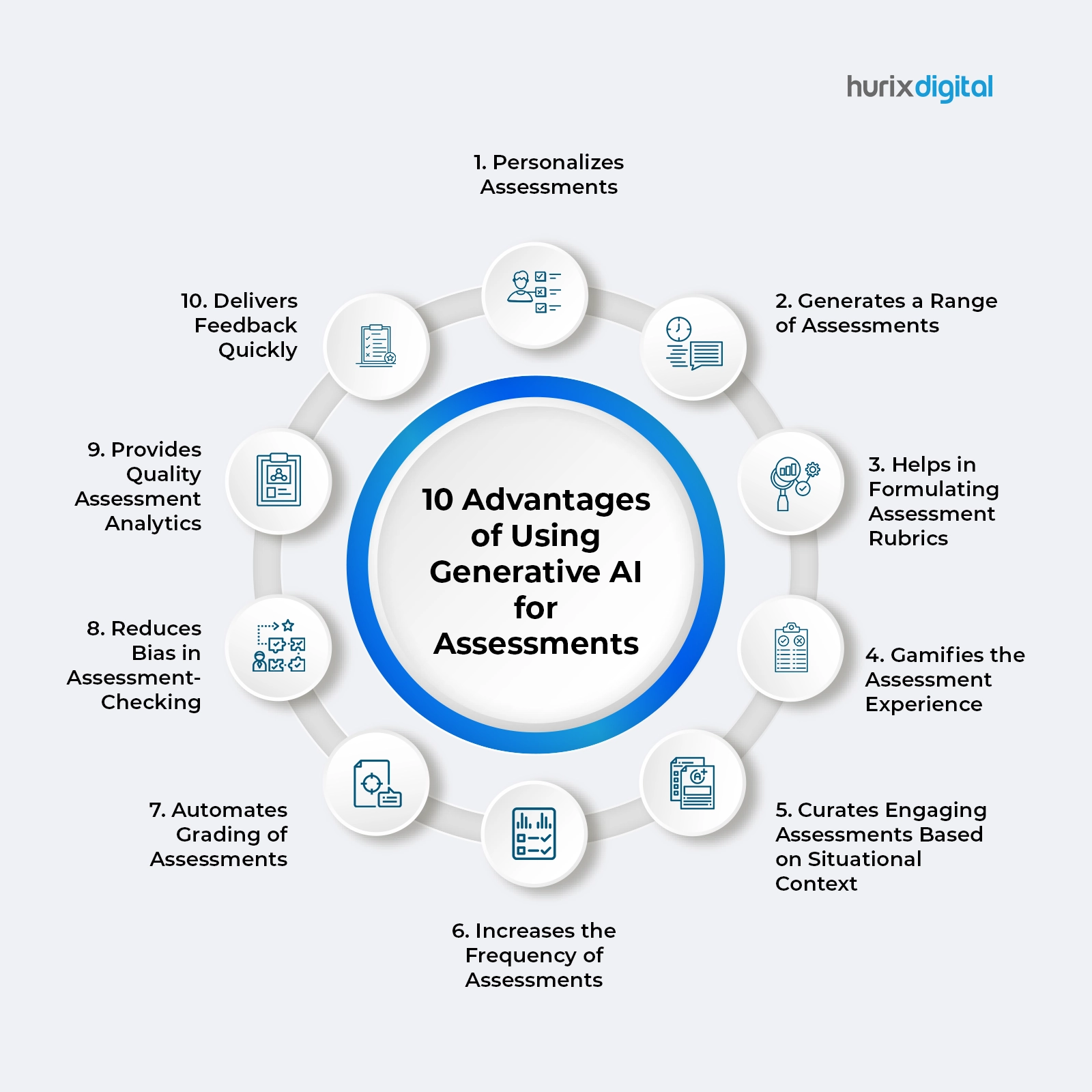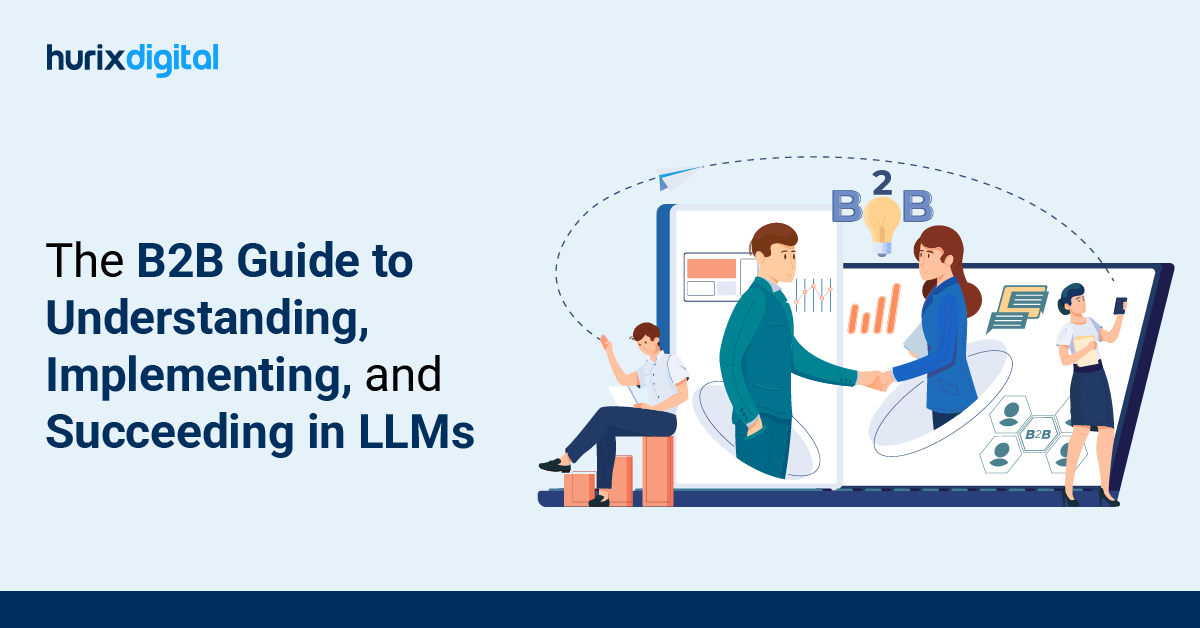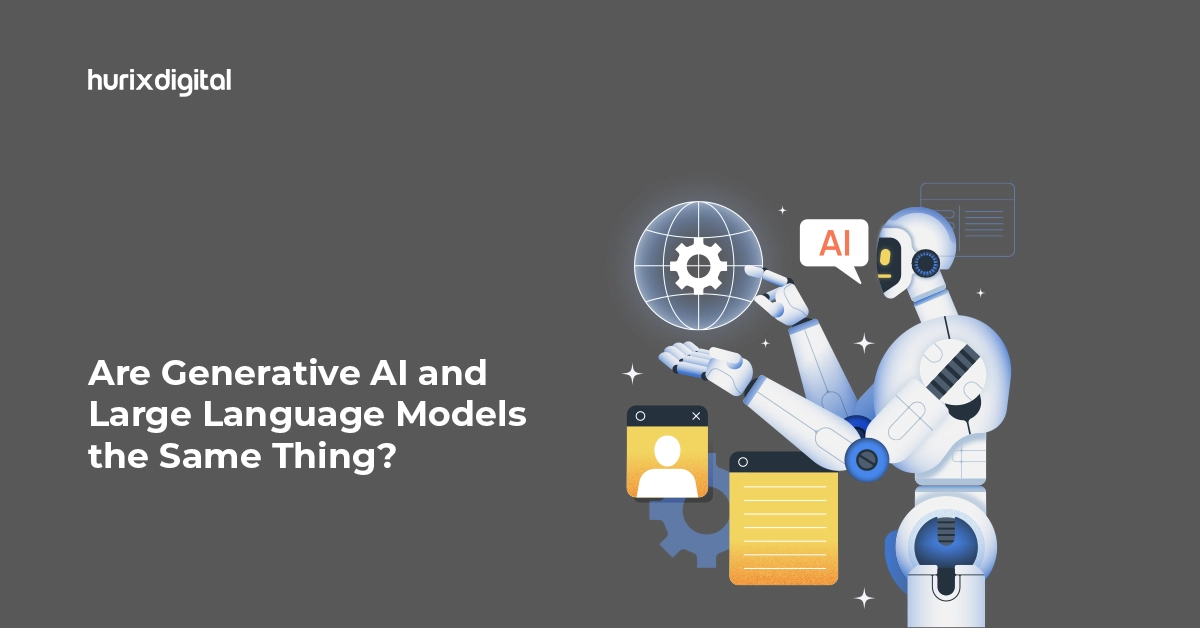
Top 10 Advantages of Using Generative AI for Assessments in Schools
In this age of digital learning, traditional pen-and-paper exams no longer prove to be a reliable measure of evaluation. With the rise of technological advancements in education, the need to incorporate digital assessment tools is now greater than ever.
With the increasing integration of AI trends in school education, AI-powered assessment tools and methods have proven to be instrumental in evaluating students.
One particular AI-based assessment tool dominating the field of school education is generative AI. Generative AI tools are helping schools revolutionize the assessment-taking experience of students for the better.
In this blog, we will delve into the advantages of utilizing generative artificial intelligence for assessments in schools, exploring its benefits for both students and teachers.
Table of Contents:
- Advantages of Using Generative AI for Assessments
- Personalizes Assessments
- Generates a Range of Assessments
- Helps in Formulating Assessment Rubrics
- Gamifies the Assessment Experience
- Curates Engaging Assessments Based on Situational Context
- Increases the Frequency of Assessments
- Automates Grading of Assessments
- Reduces Bias in Assessment-Checking
- Provides Quality Assessment Analytics
- Delivers Feedback Quickly
- The End Note
Advantages of Using Generative AI for Assessments

Generative AI models use machine learning and natural language processing algorithms to generate text, images, videos, and other forms of content.
Using generative AI assessment tools can benefit learners and educators in schools in several ways, such as the following:
1. Personalizes Assessments
Traditional assessments follow a one-size-fits-all approach, neglecting to make accommodations for individual differences. Unlike this, generative AI takes individual differences into account and gathers information about the different learning needs and learning styles of students.
Generative AI then analyzes the gathered information and designs personalized assessments that cater to the different individual capabilities and proficiency levels of students. Generative AI, thus, makes assessments that are neither too easy nor too difficult for students to attempt, keeping them motivated throughout.
2. Generates a Range of Assessments
In a traditional system of assessments, educators are restricted to assigning pen-and-paper tests to students, leaving little to no room for variety.
With generative AI in education, however, educators can develop a range of assessments for different subject matters, including math, science, language, history, coding, and many more.
The range of assessments that educators can create includes interactive quizzes, class polls, multiple-choice questions, case studies, word clouds, projects, and more.
3. Helps in Formulating Assessment Rubrics
With traditional assessments, teachers have to formulate the assessment rubrics themselves. Generative AI, however, can help teachers design assessment rubrics for a variety of assessments.
For example, with generative AI, teachers can decide the marking criteria for a project-based assessment. They can divide the marks into sections, such as regularity of check-ins at preset intervals, timely submission of the final project, level of clarity when presenting the findings, etc.
They can also decide the minimum passing marks that students need to score to pass the assessment.
4. Gamifies the Assessment Experience
Generative AI can make it possible for teachers to gamify the assessment-taking experience for students.
Incorporating gamification will introduce the elements of challenges and rewards in assessments. When students complete a challenge in an assessment, they will be rewarded with points, badges, and recognition on the leaderboard.
What’s more is that each new assessment is designed at a level above the students’ last performance, leaving scope for revision and improvement.
Thus, using gamification features in assessment will motivate students to keep studying, learning, and attempting assessments regularly.
Also Read: 7 Roles of Artificial Intelligence in Learning and Development
5. Curates Engaging Assessments Based on Situational Context
Generative AI possesses the capability to create engaging assessments depending on the context of the situation. For example, generative AI can create a multiple-choice question test based on the course material covered by students in the previous class.
It can also curate a case study around a scientific phenomenon. Not only this, but it can also generate prompts for discussion-based assessment for different subject matters, compelling students to put on and employ their reflective and critical thinking caps.
6. Increases the Frequency of Assessments
Traditional assessment methods are pretty resource-intensive, making it difficult for teachers to conduct assessments regularly.
Unlike this, AI-powered digital assessment tools require a minimal number of resources. This makes it easily possible for teachers to increase the frequency of assessments.
Conducting assessments from time to time drives students to go through their course material regularly.
7. Automates Grading of Assessments
Generative AI tools, unlike traditional assessment methods, automate the grading of assessments. While doing this, the tools use automatic composition grading.
A vital generative AI application, automatic composition grading, evaluates the quality of the text, level of coherence, correctness of grammar, and many other aspects of the text.
Research reveals that GenAI tools like ChatGPT can reduce grading time, maintain consistency in scoring, and provide immediate scores and feedback to students on their writing skills.
8. Reduces Bias in Assessment-Checking
Human checking in traditional assessments can be prone to bias. Unlike this, the checking done by AI-powered digital assessment tools follows a standardized system of preset evaluatory criteria.
This means that students get evaluated based on their understanding and knowledge, irrespective of their handwriting and other external subjective factors. Generative AI assessment-checkers, thus, reduce the degree of bias that can be present in the traditional system of assessments.
9. Provides Quality Assessment Analytics
With traditional assessments, educators have to do the cumbersome task of gathering data to analyze students’ performance by themselves. This, however, is not the case with generative AI assessment tools.
These tools automatically generate analytical reports about students’ performance in assessments. This helps educators identify the learning gaps and the areas students are doing well in.
This information further enables them to make appropriate changes to the curriculum and improve the quality of assessments’ content.
10. Delivers Feedback Quickly
Generative AI assessment tools help educators provide quick, actionable feedback to students from time to time.
In addition, they make feedback reports accessible to students, enabling them to know their strengths and weaknesses and customized strategies for improvement.
Also Read: AI-Enabled Assessment: Redefining Evaluation in Education
The End Note
The future of AI and generative assessment tools looks bright and promising. According to Statista, the generative AI market is expected to grow exponentially, becoming a 207 billion-dollar industry by 2030.
Considering its immense potential for growth and numerous advantages, it’s high time to incorporate generative AI for teaching and assessments into your school. If you want help doing so, reach out to Hurix Digital.
Hurix Digital provides custom assessment solutions to meet the needs of the students in your school. The SMEs and AI-powered tools at Hurix Digital can curate question banks and a variety of interactive assessments to help you provide a fun, captivating, and engaging assessment-taking experience to your students.
As a firm believer in providing quality online assessment solutions, Hurix Digital is a partner of companies like Carnegie Learning, McGraw Hill, Cambridge University Press, and more.
To know more about AI-powered digital assessment tools and solutions, get in touch with Hurix Digital.

Vice President – Digital Content Transformation. He is PMP, CSM, and CPACC certified and has 20+ years of experience in Project Management, Delivery Management, and managing the Offshore Development Centre (ODC).






